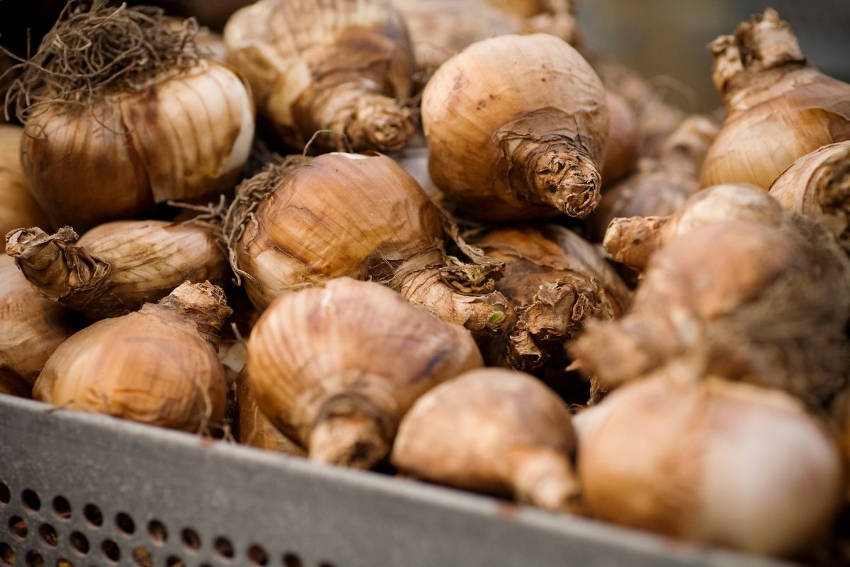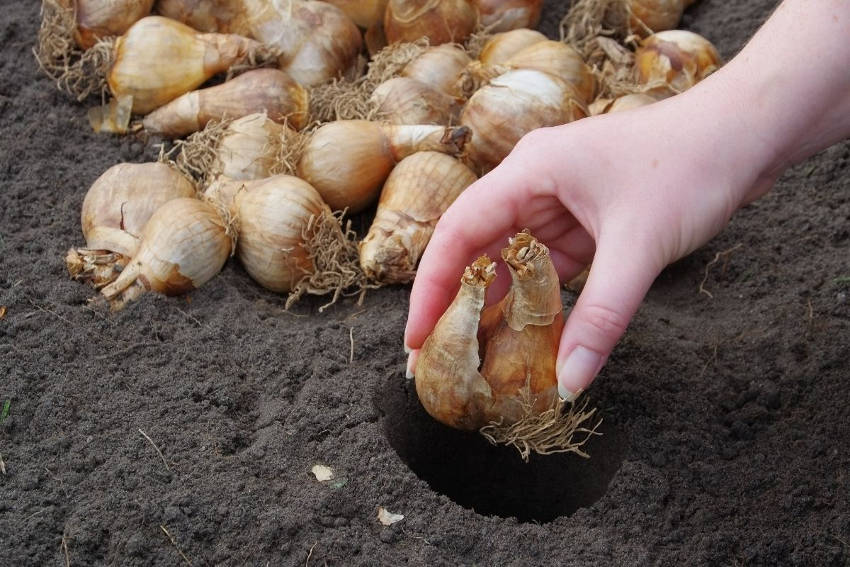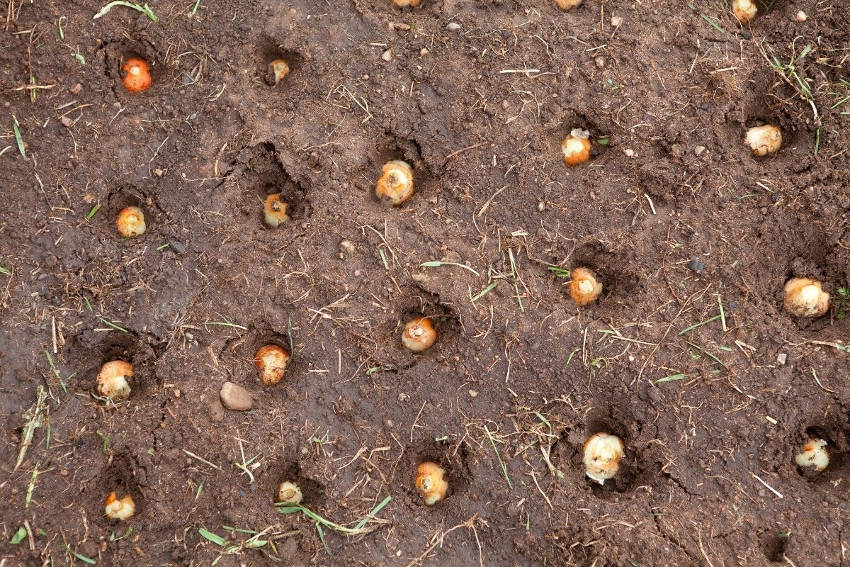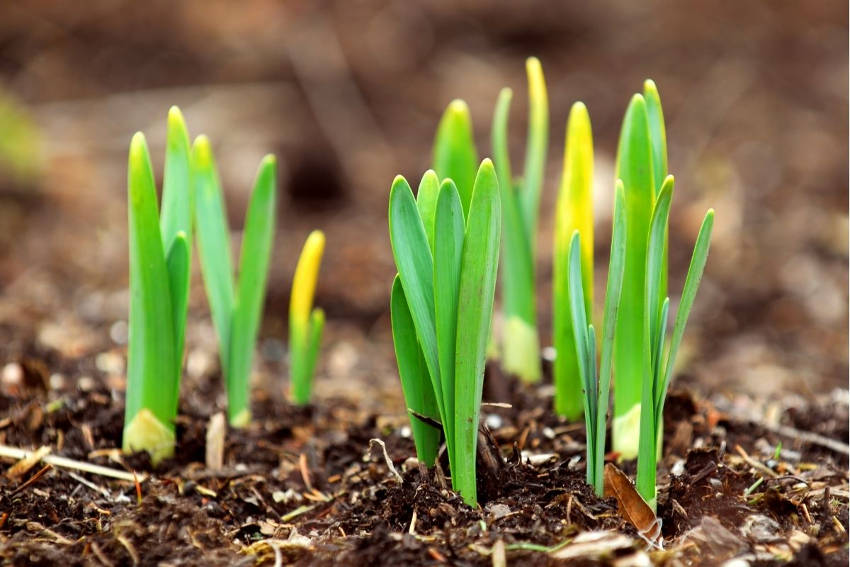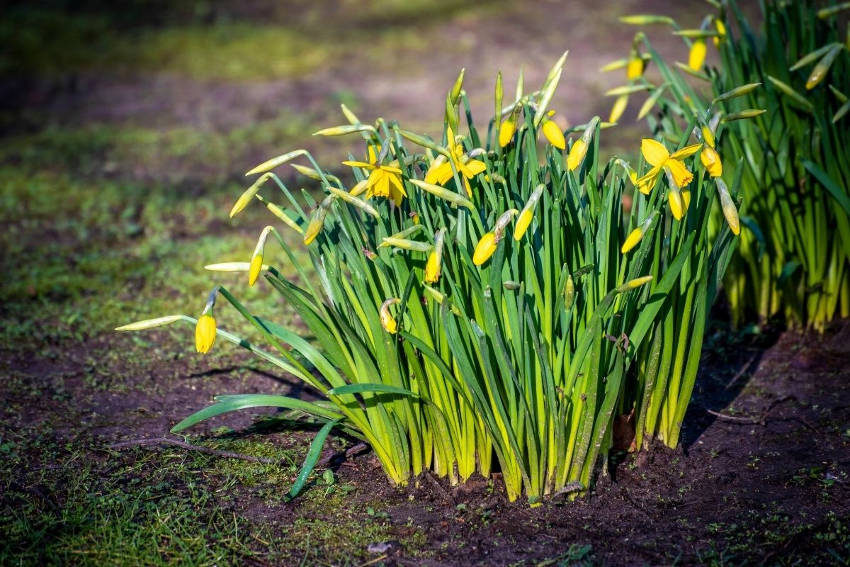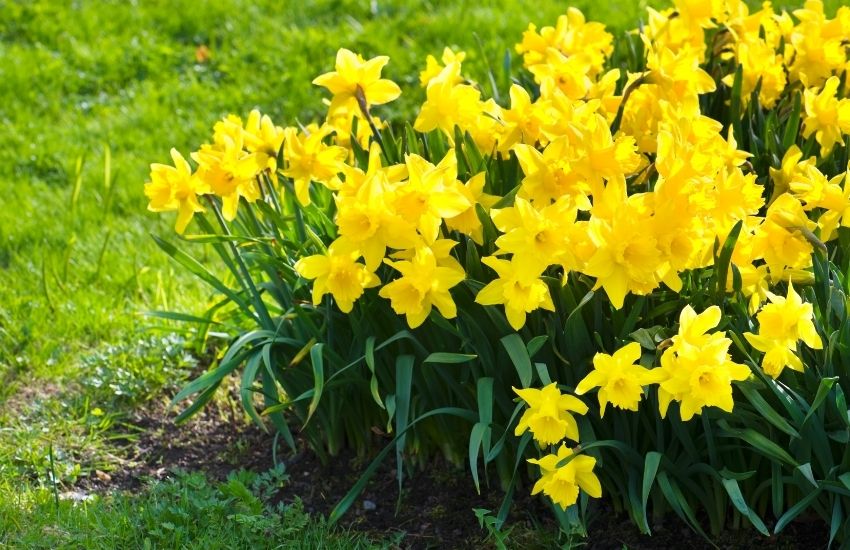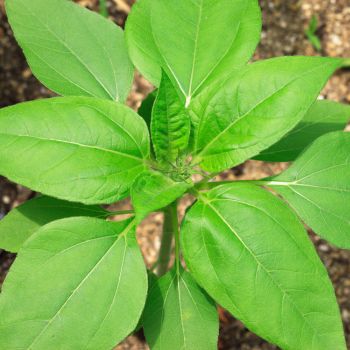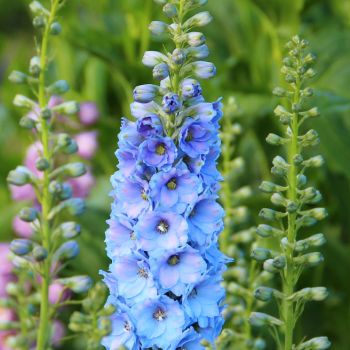The fresh shoots of daffodils and jonquils emerging from the soil is a sure sign that spring is not far away. Flower bulbs are easy to grow, and once established require very little effort in return for cheery blooms year after year. Flower bulbs are suitable for beginner and experienced gardeners and there are seemingly endless flower colours and shapes to bring much-needed colour to the garden at the start of spring.
When to Plant
As a general guide, plant bulbs from March to May in cold temperate regions and April to May in warmer areas. Most bulbs prefer to start in cool soil; if your soil is still warm from summer, wait until it is cooler and plant later rather than earlier. Remember that daffodils, hyacinths and tulips need some cold to simulate the colder European places like the Netherlands, where winters can be frosty!
Position
Most bulbs require a position where they will receive at least 6 hours of sunshine a day, though in warmer climates some afternoon shade will protect flowers from wilting. Spring flowering bulbs can also be planted under deciduous trees, which allow sun through in winter and early spring but may be shady the rest of the year. Daffodils, jonquils, tulips, alliums, ixia, freesias and lilies will thank you by producing colourful blooms. If your garden bed gets less than 3 hours of sun a day, choose snowdrops, crocuses, grape hyacinths and snowflakes, which bloom happily even in part shade.
Soil Preparation
A month before planting, turn the soil over, removing any perennial weeds. Add homemade compost, some aged manure or a slow-release fertiliser. The energy stored in bulbs is enough to produce flowers in the first season, but for flowers the next year bulbs will utilise all the nutrition available in the soil.
Dig over the soil to a spade's depth to ensure the drainage is good; bulbs may rot in damp, water-retentive soil. Add some sand or coarse organic material to improve drainage if required, or consider planting in a raised bed.
How to Plant
As a general guide, each bulb needs to be planted two to three times as deep as the bulb's height. So for a 4cm-tall daffodil bulb, plant them 8-12cm deep and allow 8-12cm between bulbs. The spacing can be reduced when planting in pots to give a fuller effect.
The pointed part of the bulb should face skywards and the flatter part is where the roots will emerge. Anemones and ranunculi are exceptions; their point needs to be facing downwards. Plant these 5cm deep.
- If you are planting lots of individual bulbs, invest in a bulb planter. It removes a core of soil the size required and takes a lot of work out of digging planting holes.
- If you’re planting a lot of bulbs together, make a trench where you want to plant.
- Dig a shallow trench twice the depth of your largest bulb.
- Starting from the centre, lay all your bulbs out, with pointed end upwards, in situ in the trench. The distance between bulbs should be at least the width of the bulb.
- Cover the bulbs with soil and even out the surface.
- Water the whole bed well after first planting.
- Edge the trench with stones to remind you where the bulbs were planted. A few plant labels are a good idea to remind you of position when the bulbs are not actively growing.
- For all bulbs planted in warm climates, a top layer of mulch such as straw or lucerne will keep your bulbs cooler.
- If planting in pots, use fresh bulbs each time. Once they have flowered and died back, you can safely move them into the soil in the garden.
Cultivation
Watering the bulbs is essential when they are first planted and to keep soil moist during winter when the bulbs are developing roots. Natural winter and spring rainfall may be sufficient to keep the soil moist, but it's worth checking the soil in drier times and watering when needed. During spring and summer bulbs require a deep watering once a week until the leave start to yellow after flowering. When this happens, stop watering to prevent the bulbs rotting while they're dormant.
Bulbs should not require additional fertiliser if you prepared the soil with compost or manure before planting. If in doubt, a top dressing of compost in spring or application of an all-purpose fertiliser during flowering can be beneficial.
Successful bulb growers know that after flowering, the long, droopy foliage must not be cut back. Think of the bulb as the power source of the flower. Flowering has depleted the bulb, so for next year it needs to absorb nutrients and enough goodness for next year’s flower. That’s provided by those long leaves, so caution with the pruners! Plant some annuals in front, to hide the browning foliage. Once the leaves have completely dried off you can prune them with secateurs. Most bulbs can be left in the ground for next season, when they will start the flowering cycle again.
There's no need to lift and divide most bulbs in the first couple of years of growth. In warm climates though, tulips do need to be lifted and stored ready to be chilled the following year. If you have very heavy clay soil that's prone to waterlogging, you may also want to lift your bulbs to reduce the chances of them rotting. To lift bulbs, loosen the soil around them with a garden fork then gently remove the bulbs from the soil. Dry the bulbs in a cool spot out of direct sunlight, trim any remaining leaves off, then store them in a net bag in a cool dry place until next year.
Common Problems
Slugs and snails may nibble on the green shoots as they appear. Collect them at night and move them to your compost bin. Remove pests like aphids and thrips on foliage using a damp cloth with some soapy water (or neem oil).
Though not common in the year after planting, bulbs not producing flowers can also be a problem. Common reasons for this are not enough direct sunlight, or poor drainage causing the bulbs to rot. Cutting the foliage too soon after flowering can also affect flowering, as the bulb won't absorb all the nutrients it needs to produce flowers in the next year. Wait until all the leaves have yellowed and died down before pruning them to the ground.
After a few years your bulbs will have multiplied and the space where they're planted may become overcrowded. Overcrowding can result in fewer flowers or less vigorous plants. When this happens it's time to lift the patch of bulbs, divide them and replant the largest and healthiest to start the cycle once more.
